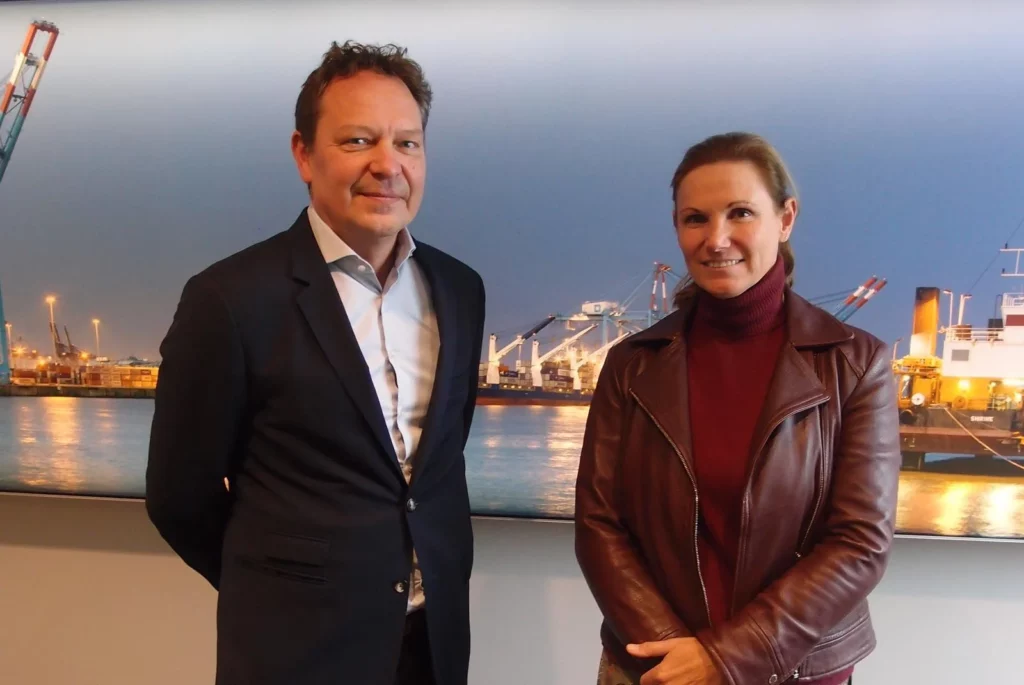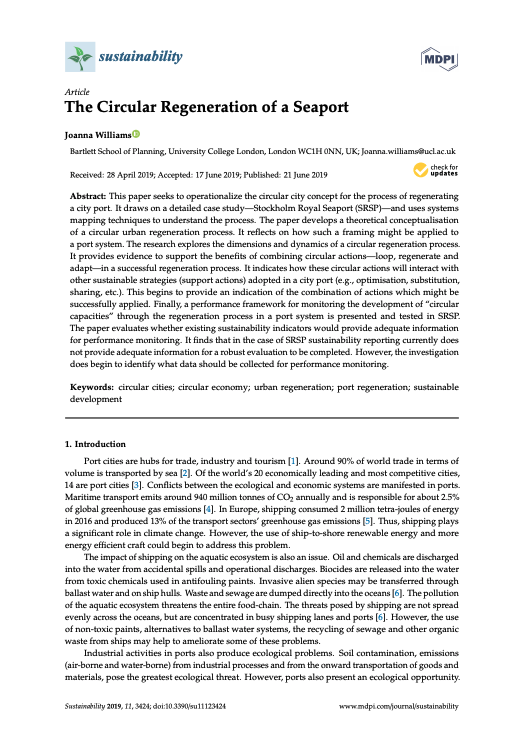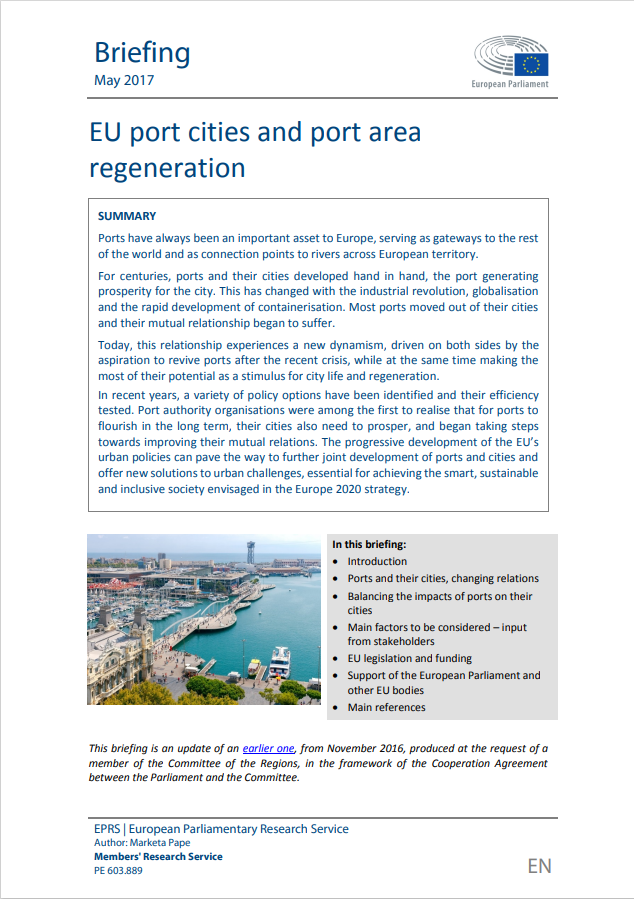Making insights actionable
There are numerous reasons why ports and port infrastructure may no longer be suitable for or required for port-related activities. For example, the land may be not well located or surplus to needs. The land may not have suitable infrastructure (such as quays) or loading equipment. The port activities may result in extensive environmental degradation and not gain a permit. Or most notably, land may be contaminated and unsuitable for use.
If there is no clear business case for the use of the site and infrastructure, or it is not being maintained, the land may become stuck. Economic land that is not ‘working’ can quickly lead to industrial blight and ultimately environmental degradation, which is problematic for society and the environment. But this could be treated as an opportunity for the circular economy. If public finance is required to regenerate land, it may be held against different criteria to the economic priorities that drive conventional ports. Joanna Williams in her article ‘The Circular Regeneration of a Seaport’ offers three directions for regeneration.
Regeneration for circular resource management
A first opportunity for regeneration is to be adapted for core circular activities which may not have been viable without public investment. For example the construction of a treatment site for the treatment and re-use of construction materials, such as concrete. Public investment into a site and infrastructure could create jobs, reduce emissions or save energy. The Carcoke site in the Port of Bruges is an example of an heavy public regeneration project where the public sector, the owner, can now stipulate the future function of the site.
Regeneration for urban renewal
Where the port has grown out of the port land, it may be suitable to be redeveloped for other functions. If the site is located near an urban area, urban redevelopment could use high cost real estate, such as housing, to pay for the redevelopment costs, while developing public space and including some smaller scale economic activities such artisanal manufacturing or maintenance. The Port City Futures explored post-port activities.
Regeneration for renaturing (regeneration)
A dramatic departure from industrial scale port facilities is renaturing. Due to the heavy environmental impact from port activities, some ports are seeing the importance of creating spaces for nature. The North Sea Ports were awarded by ESPO for creating buffer spaces within the Ghent Canal Zone. In other cases, where the port has simply abandoned land, the former port land may be renatured which may also provide a Nature-Based Solution of depolluting contaminated land.



